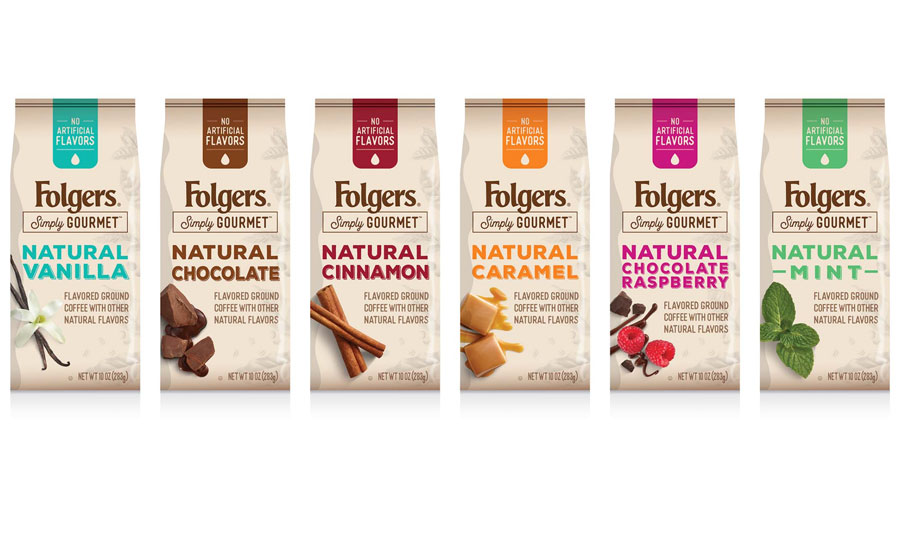Disdainful press aside, flavored coffees are not really the plebian bane some purists think they are. They're certainly not anything new. A thousand years ago in the Middle East, for example, coffee drinkers began adding cardamom and cinnamon to the brew. A few hundred years later in Europe, chocolate and milk and sweeteners were popular. In the last decade we've arrived at pumpkin spice and eggnog, which might be–perhaps appropriately–stressing the glass ceiling.
The Basics of Flavoring Coffee
Setting aside–for the moment–the debate over the merits and demerits of flavoring coffee, as well as the technical aspects, let's look at the flavoring itself. There are four basic categories. Those based on vanilla are by far the most popular, and include the nut-based flavors, such as hazelnut, and the creme-based, such as Irish or Frangelica. Vanilla and hazelnut are perhaps (that's called hedging) the most popular. The flavors based on chocolate speak for themselves, as do the fruit-based and spice-based varieties.
Let's move back, then, to how coffee is flavored. What is new in coffee flavoring, at least in the last 30 or 40 years, is flavoring the whole bean. Flavoring added before the roasting process needs to survive it. The intensity of flavored beans is therefore generally stronger than any coffee with flavoring added after the roast and brew. The purist's argument against this method–based in the indisputable fact that pre-roast flavoring is chemical rather than natural–is what is often termed a flat and metallic aftertaste.
A more objective caution about flavored coffees is that those flavored during the roasting will definitely impart their flavor to burr grinders. It's therefore best to have two grinders, one for unflavored coffees and one for flavored. The alternative is to use natural flavorings and add them after the grind and brew, whether vanilla bean, hazelnut, or orange peel.

